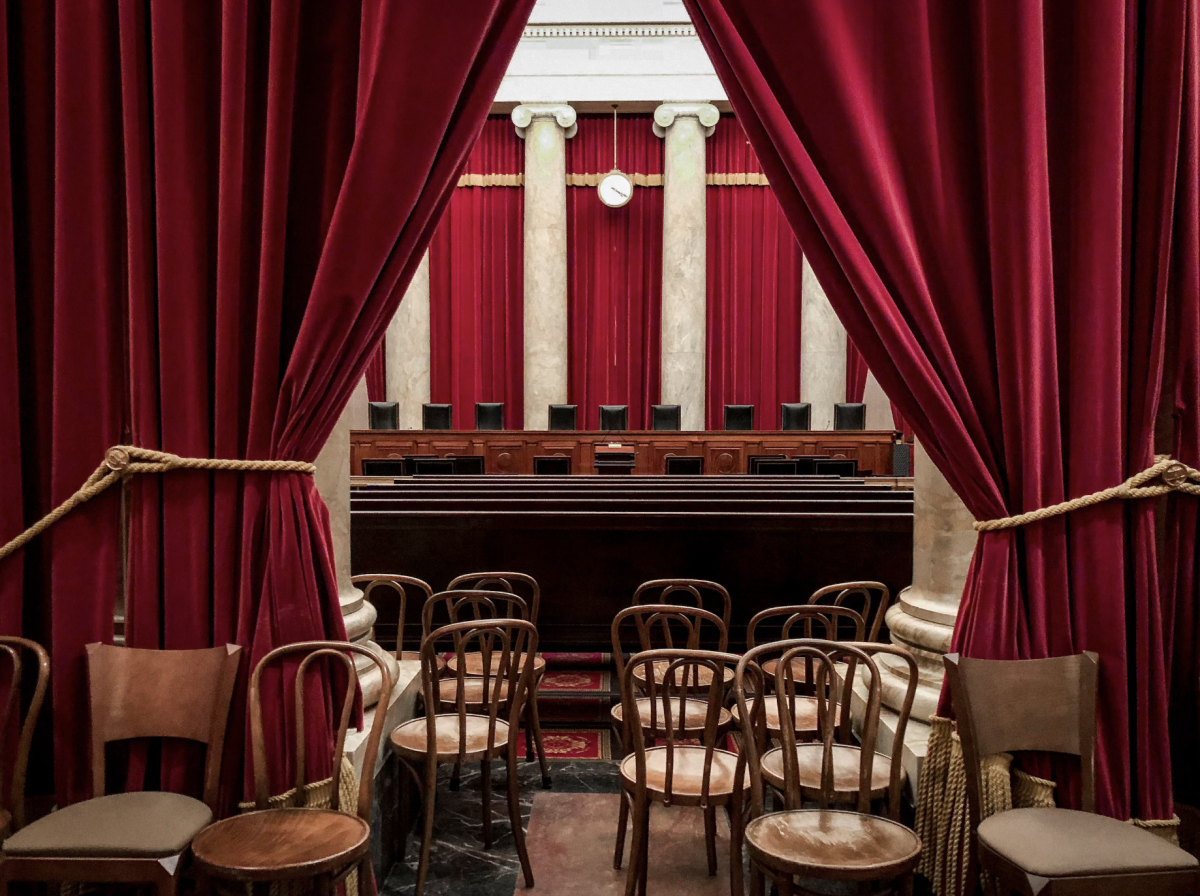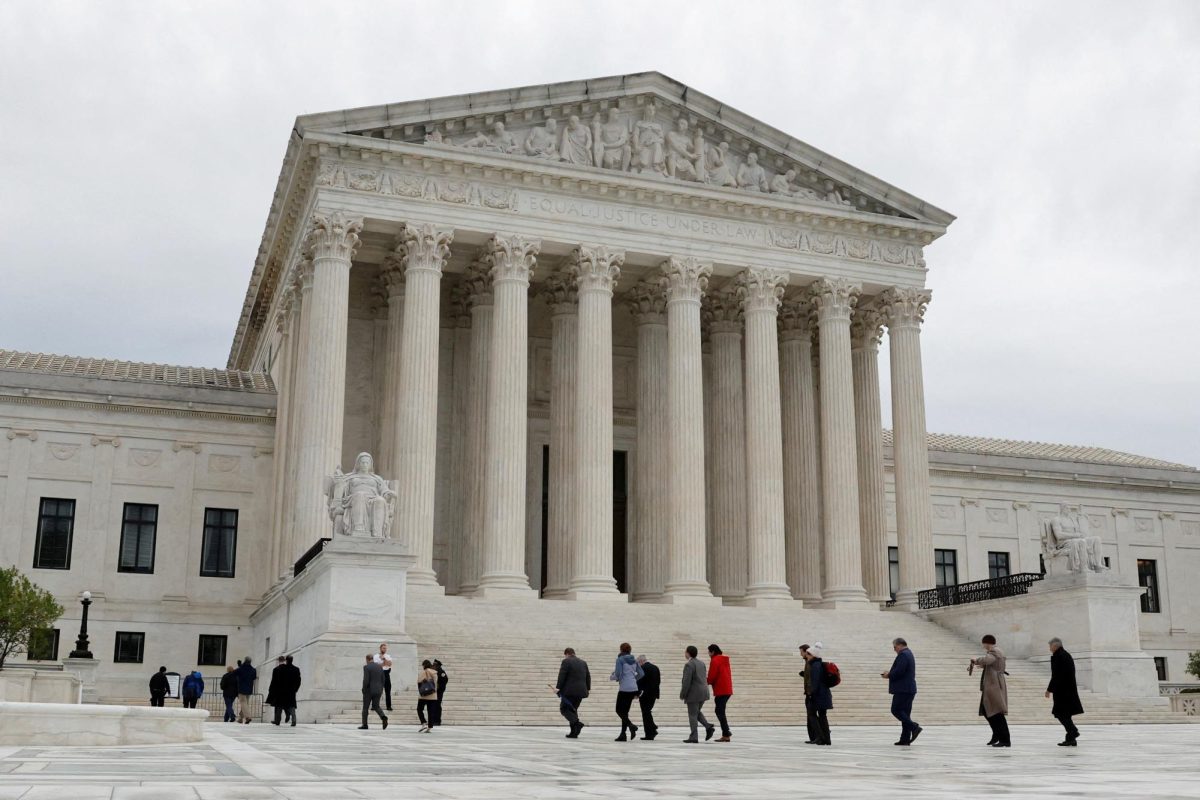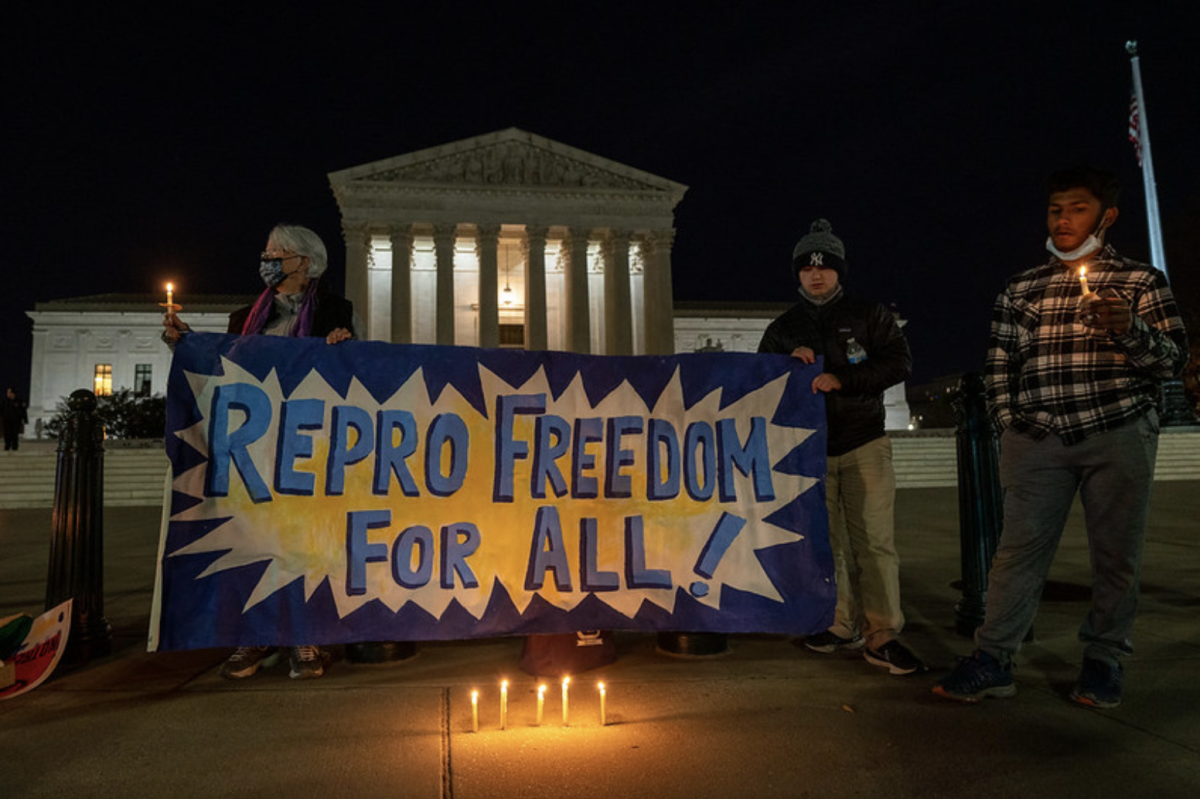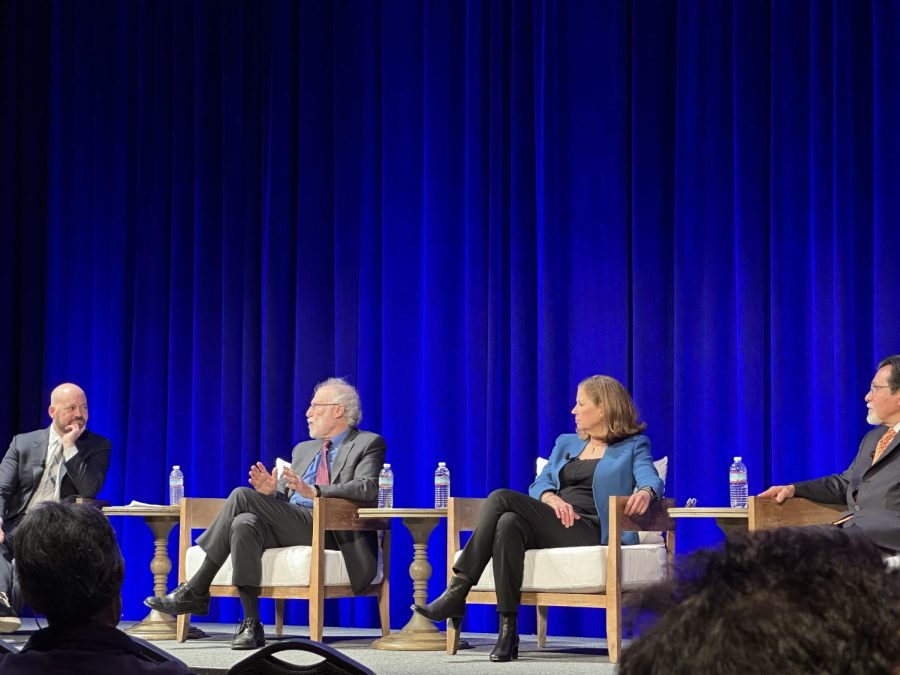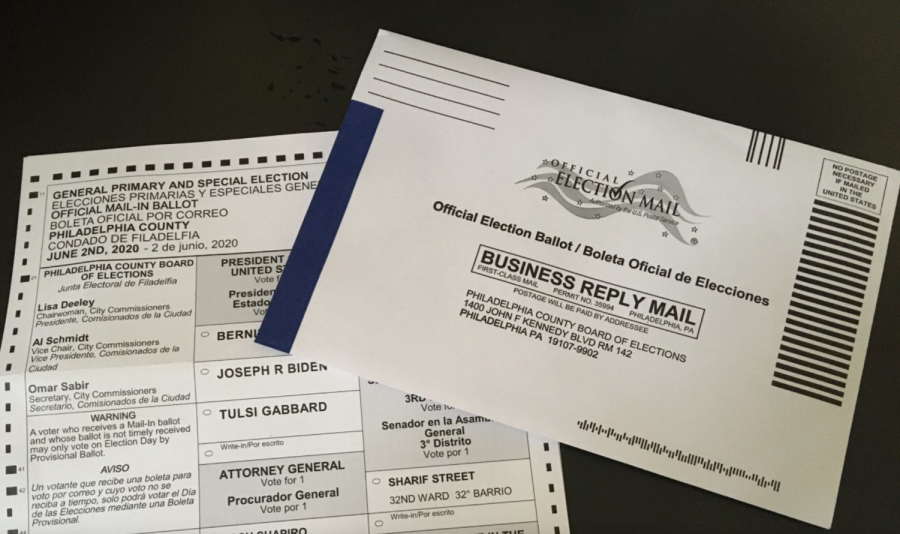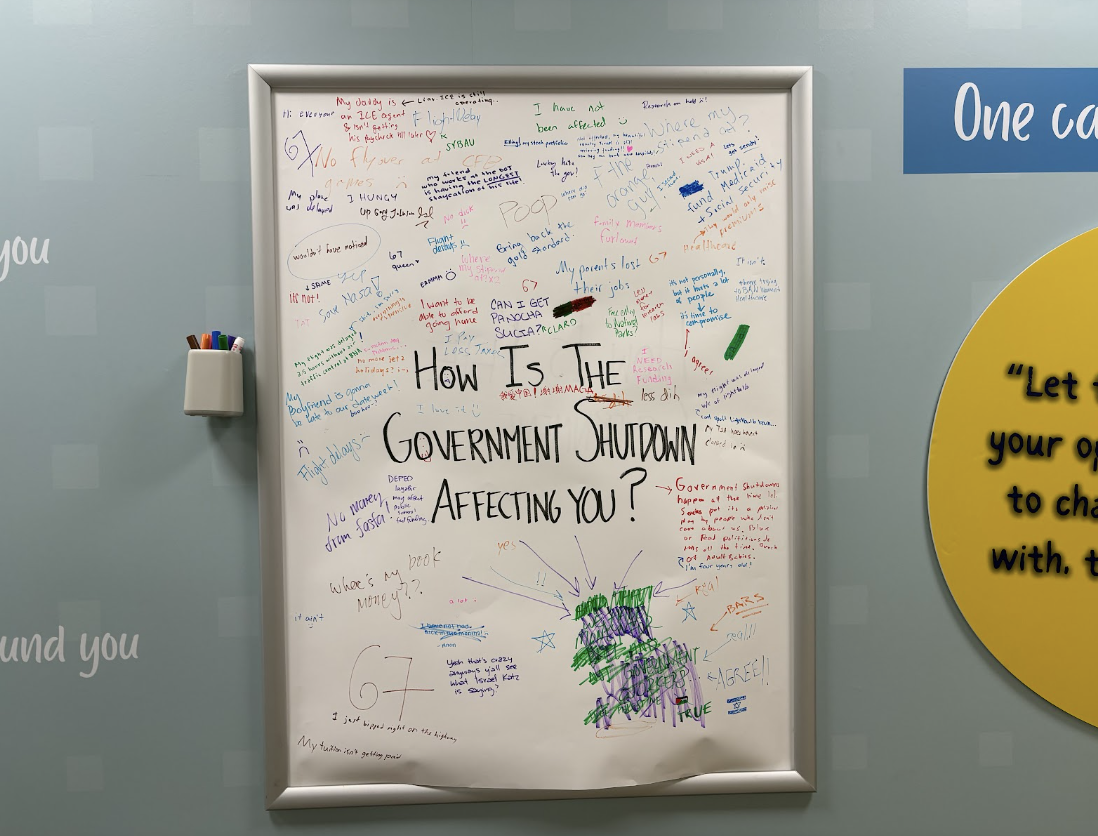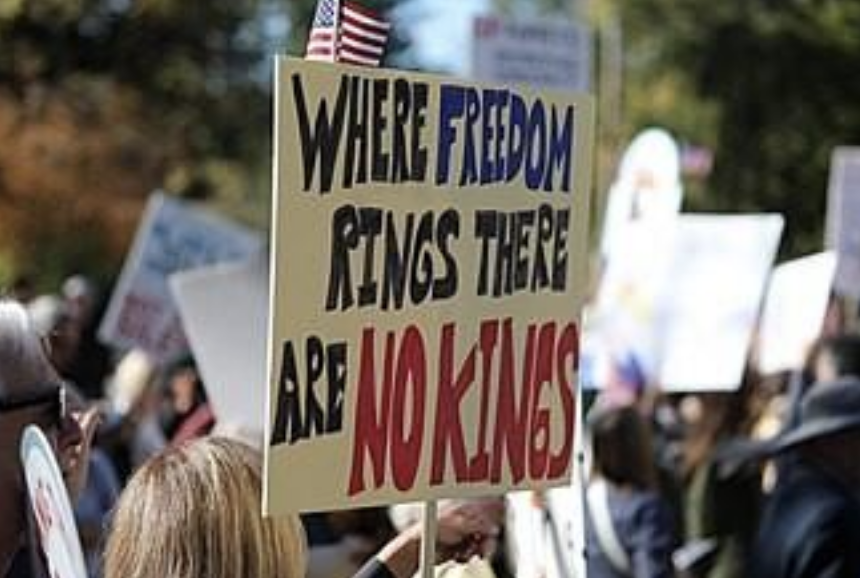In June 2023, the Supreme Court ruled 6-3 in 303 Creative, LLC. v. Elenis that a website designer, Lorrie Smith, had the right to refuse her services to a gay couple seeking a website for their upcoming wedding. The catch? Both the wedding and the man Smith claims she spoke with did not exist.
The Court’s opinion, authored by Justice Neil Gorsuch, found that the Colorado Anti-Discrimination Act (CADA) was unconstitutional because it compelled Smith to provide her services—including speech—to all people regardless of sexual orientation. Specifically, the justices concluded that the Colorado law violated the First Amendment because it “forc[ed] a website designer to create expressive designs speaking messages with which the designer disagrees.” Simultaneously, the Court upholds other civil rights laws, recognizing a compelling government interest to protect citizens’ access to goods and services that do not involve speech.
In the weeks after the decision was released, Melissa Gira Grant of The New Republic revealed that the man who had supposedly requested a wedding website from Ms. Smith was married to a woman and had a child. “Mike,” as he is called in the article, did not even know the case existed until he was contacted by Grant. Given the defendant was not gay and had already been married at the time of the case’s filing, it is entirely likely Ms. Smith or her attorneys invented a gay couple with the specific intent of challenging CADA.
In the United States, all plaintiffs in a civil case—like Ms. Smith’s—must present evidence that they have been harmed. Courts can and do throw out cases because the person who filed a lawsuit has not suffered harm. The requirement that a plaintiff is harmed is commonly referred to as “standing.” The Supreme Court itself has enumerated the requirement for standing in civil cases. In 1992, the Court held in Lujan v. Defenders of Wildlife that “the party bringing suit must show that the action injures him in a concrete and personal way,” and that the standing requirement “preserves the vitality of the adversarial process by assuring both that the parties before the court have an actual, as opposed to professed, stake in the outcome.”
In the 303 Creative case, Ms. Smith claimed her injury stemmed from Colorado forcing her to speak on behalf of others. At the time of filing, though, no gay couples had contacted Ms. Smith to request her services. Thus, she had not yet been compelled to speak by Colorado or CADA. The Supreme Court, as if anticipating challenges to Ms. Smith’s standing, added that “[Smith] had established a credible threat that, if she follows through on her plans to offer wedding website services, Colorado will invoke CADA to force her to create speech she does not believe or endorse.” The Court’s interpretation of standing in 303 Creative thus stretches the definition of standing to include the “credible threat” of injury to the plaintiff, as opposed to the “concrete and personal” injury required by the Lujan court.
While appearing benign on its face, the Court’s new definition of standing is dangerous and creates the potential for judicial overreach in cases where parties in a case have not been harmed. In 303 Creative v. Elenis, the plaintiff was not directly harmed, as her speech was never compelled by CADA or another state actor, but LGBTQ+ couples in Colorado now have credible threats to their access to goods and services. Under the new precedent, another interest group could sue for the express purpose of limiting the rights and privileges of others without suffering any harm themselves. Courts are also now empowered to remove undesirable legislation at whim even when no constitutional rights will actually be affected. 303 Creative v. Elenis enables courts to strike down legislation under the mere threat of constitutional violations, undermining states’ ability to protect their citizens from discrimination and allowing courts to intervene where no harm has been done.
Image credit: Jackie Hope on Unsplash

